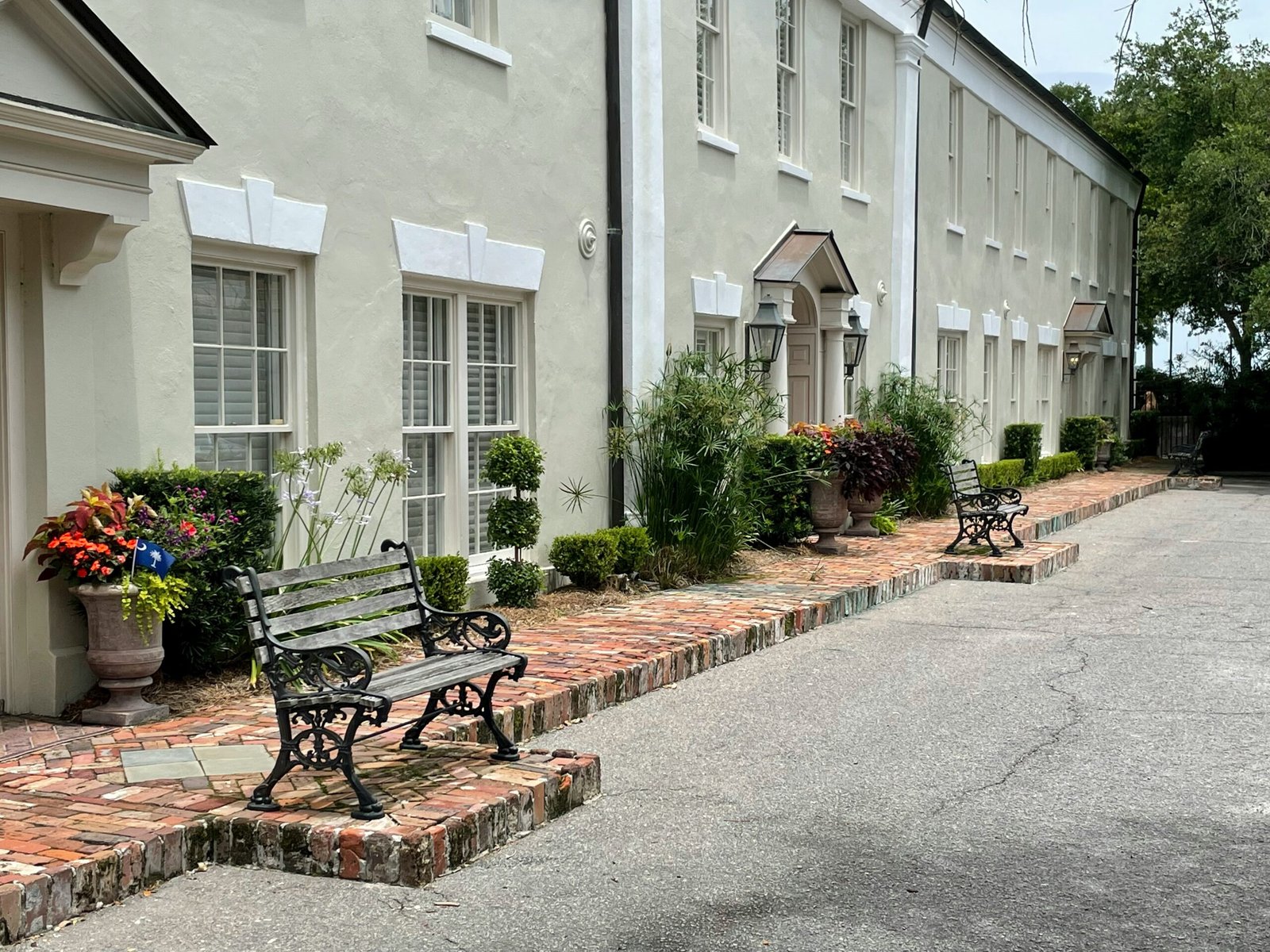Nestled in the lap of the majestic Himalayas, Kathmandu, the capital of Nepal, is a city that resonates with rich culture, history, and spirituality. From ancient temples and bustling markets to breathtaking landscapes and vibrant festivals, Kathmandu draws visitors from all corners of the globe. But what exactly makes Kathmandu famous? In this blog, we’ll explore the many facets that make this city a beloved destination for travelers, adventurers, and spiritual seekers alike.
1. Cultural Heritage and Historic Monuments
Kathmandu is renowned for its ancient cultural heritage. The city boasts seven UNESCO World Heritage Sites in the Kathmandu Valley alone, making it a hotspot for history and architecture enthusiasts.
a. Durbar Square

One of the most famous landmarks is Kathmandu Durbar Square, a complex of palaces, courtyards, and temples. It served as the royal palace for the Malla kings and later the Shah dynasty. The intricate wood carvings and stunning architecture, particularly the Taleju Temple and the Kumari Ghar (home of the living goddess Kumari), attract thousands of tourists every year. The square is a perfect representation of Nepalese craftsmanship, art, and traditional Newari architecture.
b. Swayambhunath Stupa (Monkey Temple)

Also known as the Monkey Temple, Swayambhunath is one of the oldest religious sites in Nepal. Perched atop a hill, the stupa offers panoramic views of Kathmandu Valley. The iconic eyes of Buddha painted on the stupa’s base symbolize wisdom and compassion. Visitors flock to this site not only for its spiritual significance but also for the vibrant atmosphere created by monkeys playing around the site, prayer flags fluttering in the wind, and the hum of monks’ chants.
c. Pashupatinath Temple

Kathmandu is also famous for Pashupatinath Temple, a sacred Hindu temple dedicated to Lord Shiva. Situated along the banks of the Bagmati River, this UNESCO World Heritage Site is one of the most revered temples for Hindus worldwide. Pilgrims come from across Nepal and India to pay their respects, especially during the Maha Shivaratri festival. The temple complex is vast, with numerous shrines, lingams, and ghats where cremation ceremonies are performed in full public view.
2. Spiritual Center for Hindus and Buddhists
Kathmandu is a unique confluence of Hinduism and Buddhism. While much of Nepal’s population practices Hinduism, the city is equally dotted with Buddhist stupas, monasteries, and shrines. The spiritual energy of Kathmandu is undeniable.
a. Boudhanath Stupa

Boudhanath Stupa, one of the largest in the world, is an important pilgrimage site for Tibetan Buddhists. Surrounded by prayer wheels, Tibetan monks, and devotees, the stupa radiates peace and spiritual tranquility. It’s common to see locals and visitors walking clockwise around the stupa, spinning the prayer wheels, and offering prayers. This site embodies the deep-rooted Buddhist culture in Nepal and is a must-visit for anyone seeking spiritual solace.
b. Sanga’s Kailashnath Mahadev Statue
Just outside Kathmandu lies the Kailashnath Mahadev Statue, the world’s tallest statue of Lord Shiva. This towering 143-foot statue in Sanga is another symbol of Kathmandu’s deep spiritual significance, drawing worshipers and tourists alike.
3. Gateway to the Himalayas
Kathmandu serves as the primary gateway to the Himalayas, particularly for trekkers and climbers aiming to conquer the world’s highest peaks, including Mount Everest. The Tribhuvan International Airport is the only international airport in Nepal, making Kathmandu the starting point for most Himalayan expeditions.
a. Trekking Hub
From Kathmandu, trekkers head to popular routes like the Everest Base Camp, Annapurna Circuit, and Langtang Valley. The city is filled with trekking agencies, gear shops, and mountaineering guides, all catering to adventure enthusiasts. The famous trek to Nagarkot, just a short distance from Kathmandu, offers stunning sunrise views over the Himalayas, making it a favorite for those who want a taste of trekking without venturing too far.
b. Mountain Flights
For those who aren’t into trekking but still want to experience the grandeur of the Himalayas, Kathmandu offers mountain flights. These scenic flights take passengers over the Everest region, offering breathtaking views of snow-capped peaks without the need for an intense trek.
4. Vibrant Festivals
Kathmandu’s cultural vibrancy shines through its numerous festivals, where religion, tradition, and community come together in spectacular celebrations.
a. Indra Jatra
One of the biggest festivals celebrated in Kathmandu is Indra Jatra, a lively celebration in honor of Indra, the god of rain. The festival features masked dances, music, and a chariot procession carrying the living goddess Kumari. Thousands of people, including the king, gather in Durbar Square to witness this event.
b. Tihar and Dashain
Nepal’s two biggest festivals, Dashain and Tihar, are also celebrated with grandeur in Kathmandu. Dashain symbolizes the victory of good over evil, while Tihar is a festival of lights, where homes and streets are illuminated with oil lamps and candles. These festivals highlight the deep cultural traditions of the city and bring families and communities together.
5. Thamel – The Tourist Hub
If Kathmandu has a beating heart for travelers, it’s Thamel. This bustling neighborhood is a paradise for tourists looking for adventure, relaxation, or just a place to soak in the city’s atmosphere. Thamel is filled with restaurants, cafes, souvenir shops, and trekking agencies. You can find everything from handcrafted goods to trekking gear and international cuisine. The area also comes alive at night, offering live music, bars, and vibrant nightlife that contrasts with the spiritual serenity found elsewhere in the city.
6. Rich Handicrafts and Souvenirs
Kathmandu is known for its rich tradition of handicrafts, particularly handwoven carpets, thankas (Tibetan scroll paintings), statues, and woodcarvings. Tourists often visit places like the Patan Durbar Square or the Asan Market to purchase authentic Nepalese souvenirs. The city’s artisans are highly skilled, making it an ideal place for shoppers looking for unique, handcrafted items.
7. Food Culture
Kathmandu’s food scene is an exciting blend of local Nepalese cuisine and international flavors. The most famous dish is momo, Nepalese dumplings that come stuffed with meat or vegetables. Another must-try dish is dal bhat, a traditional meal of lentils and rice served with vegetable curries and pickles. The city’s food culture reflects its diversity and is a highlight for food-loving travelers.
Conclusion
Kathmandu is famous for its rich cultural heritage, spiritual significance, and as a gateway to the world’s highest mountains. Its historic monuments, festivals, and spiritual centers create a unique blend of ancient tradition and modern vibrancy. Whether you’re a history buff, an adventurer, or a spiritual seeker, Kathmandu offers something special for everyone. The capital of Nepal is more than just a city—it’s an experience, one that leaves a lasting impression on every traveler fortunate enough to visit.






Leave a Reply